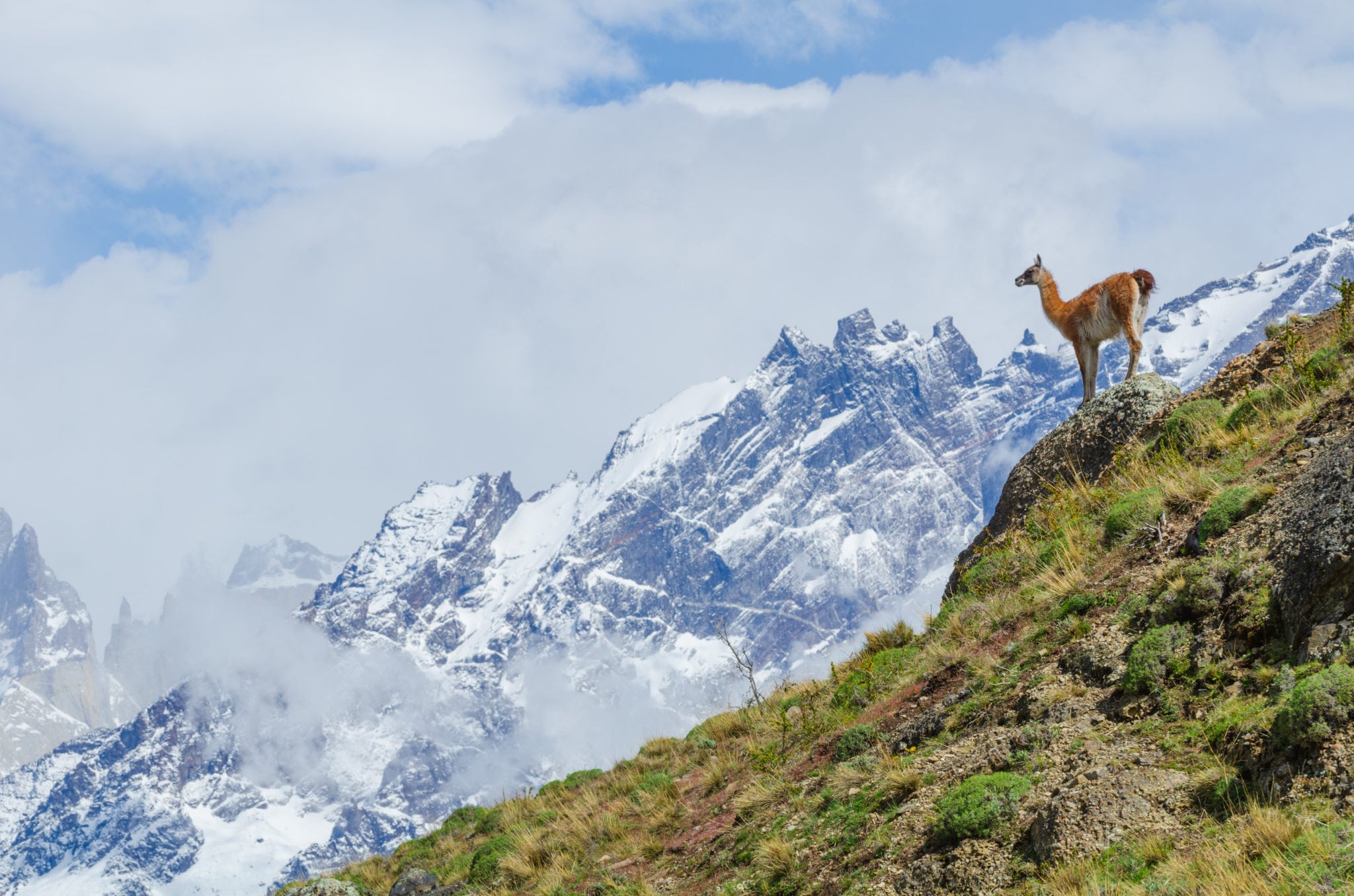Ian Maclean’s family arrived in Patagonia at the end of the 19th century and he and his brother have spent the best part of their lives on estancias. These days, the brothers have their own estancia, La Peninsula. La Peninsula’s main focus is rearing sheep, but in recent years they’ve opened their incredible home to the public. Dressed in typical gaucho clothing, Ian told us about life on these magnificent Patagonian ranches and why every visitor to Patagonia should visit one.
Estancia culture
Estancia Peninsula was originally part of the Antonio Varas Peninsula in Tierra del Fuego at a time when the estancias could only be rented. In the 1980s, many were sold off to private owners shortly after their economic peak.
Life here is about working the land. It’s not an easy task in such harsh and wild conditions. You do what you can with what the Earth allows to produce food and look after livestock. After the boom in the 1970s and the shift to private ownership, many unfortunately fell into disrepair or were left abandoned.
In recent years with the growth of tourism in the area, there has been a joyful resurgence of estancias. It’s hard work as the guardians of these sparse, beautiful landscapes roam on horseback with their trusty barbucho magellanico (Magellanic bearded collie) as their loyal companions. But if you don’t mind the isolation, there’s nothing quite like living amongst some of the most impressive landscapes on the planet.
The way of life here is notably different. The shared community of the gauchos, the ranchers who look after the estancias, stretches across the border here at the bottom of the Andes. There is little difference between Chilean and Argentinian estancias; both live off maté (a typical tea) and asados (a traditional open barbeque). The families of the estancias all know each other and their shared traditions and practices unite them far more than with the rest of their respective countries.
Visiting the estancia
The MacLeans have always worked in rearing sheep but around eight years ago they began to share their way of life with Patagonia’s visiting travelers. As Ian says, visiting an estancia is a must for anyone who visits this corner of the world – that and bringing full waterproofs! It offers a balance to the national parks showing the culture and lifestyle of these parts that the hiking routes and other activities don’t offer, as brilliant as they are. You can learn about the history of European immigration to these parts, the role of livestock in the local economy, and the people who have made their homes in Patagonia.
Ian described the estancias as national parks on a much smaller scale (if you can consider 18,000 hectares as small!). He and his brother have worked to restore the estancia to the charm and beauty of its heyday as it deserves. When they bought the estancia, it had been abandoned for a long time. Similar to the rewildling of the national parks, over the past years, they’ve worked to restore the lands, to study the life that’s been there like the wild cows, learn about the ecosystem of the fjords, glaciers and channels, and to create paths in the landscapes for visitors. One day they hope of reintroducing the rare huemul deer to their lands.
You can visit the estancia for a day to gain an insight into gaucho life, learning about the unique culture, how the Patagonian wool is produced, and the iconic Patagonian meat. But if you have the time to stay a little longer, a multi-day stay can take you along the exclusive trails of the ranch on horseback or on foot. You can see a totally unique side of Patagonia as you immerse yourself in the unparalleled and lesser-frequented landscapes. Live in the wilderness as you camp under the beautiful clear skies or stay cozy in one of the cabins. Either way, this will be an experience you will never forget.
If you want to find out more about visiting a Patagonian estancia, talk to an Ecochile travel specialist today!






